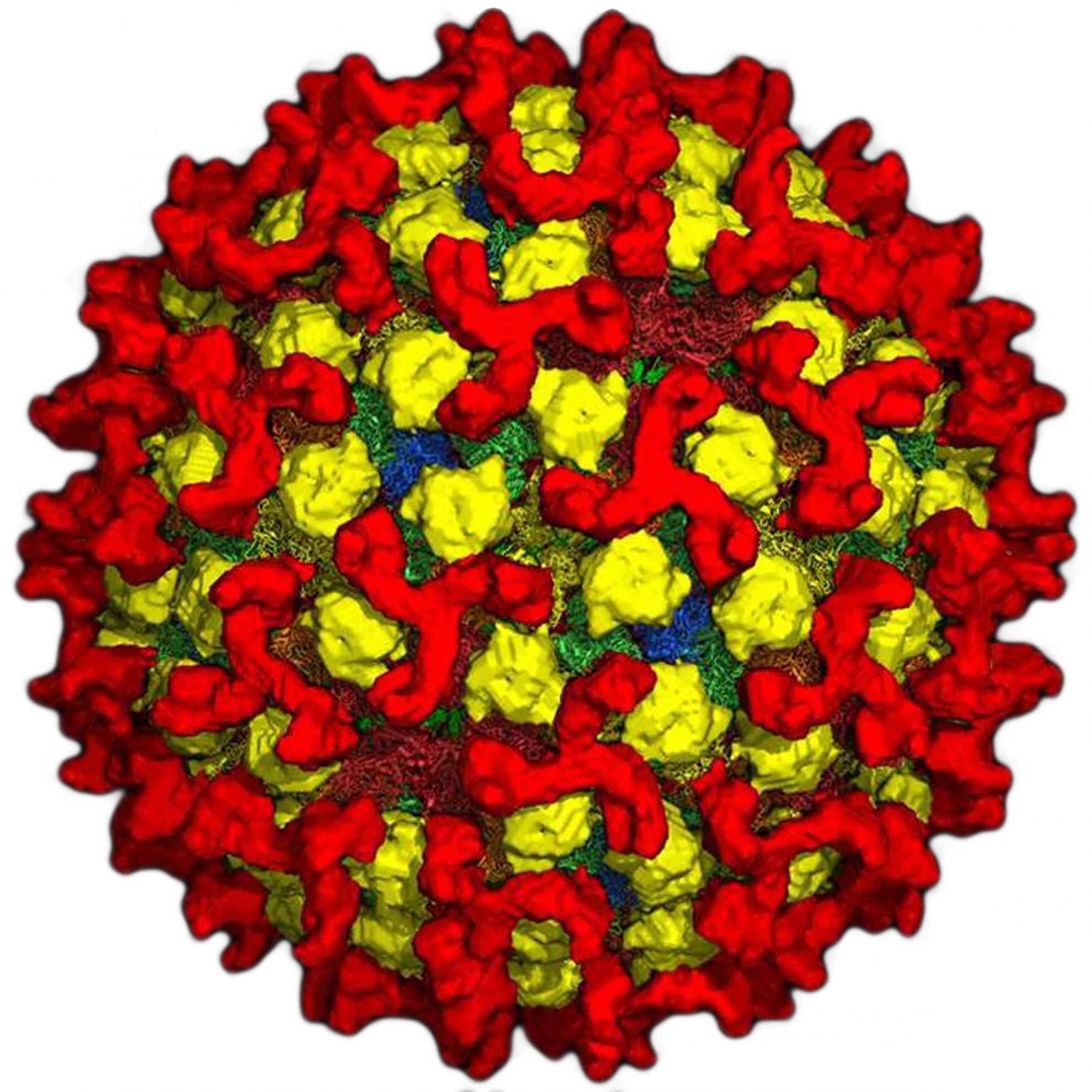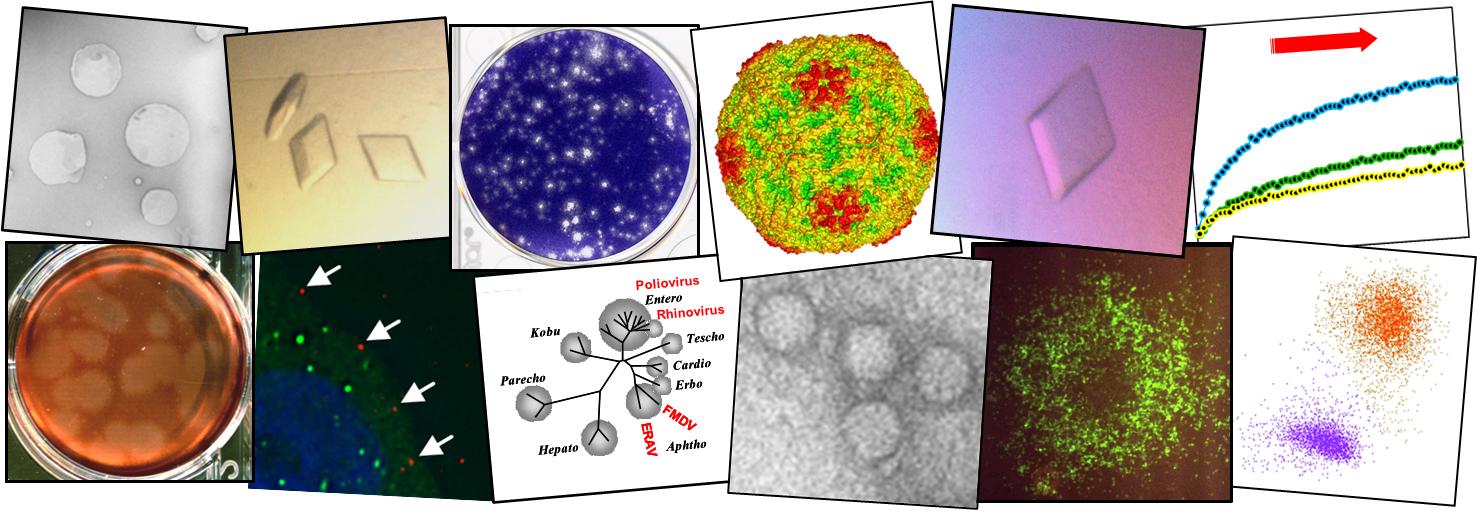Full genome sequencing reveals new Southern African Territories genotypes bringing us closer to understanding true variability of foot-and-mouth disease virus in Africa
Foot-and-mouth disease virus (FMDV) causes a highly contagious disease of cloven-hooved animals that poses a constant burden on farmers in endemic regions and threatens the livestock industries in disease-free countries. Despite the increased number of publicly available whole genome sequences, FMDV data are biased by the opportunistic nature of sampling. Since whole genomic sequences of Southern African Territories (SAT) are particularly underrepresented, this study sequenced 34 isolates from eastern and southern Africa. Phylogenetic analyses revealed two novel genotypes (that comprised 8/34 of these SAT isolates) which contained unusual 5′ untranslated and non-structural encoding regions. While recombination has occurred between these sequences, phylogeny violation analyses indicated that the high degree of sequence diversity for the novel SAT genotypes has not solely arisen from recombination events. Based on estimates of the timing of ancestral divergence, these data are interpreted as being representative of un-sampled FMDV isolates that have been subjected to geographical isolation within Africa by the effects of the Great African Rinderpest Pandemic (1887–1897), which caused a mass die-out of FMDV-susceptible hosts. These findings demonstrate that further sequencing of African FMDV isolates is likely to reveal more unusual genotypes and will allow for better understanding of natural variability and evolution of FMDV.


